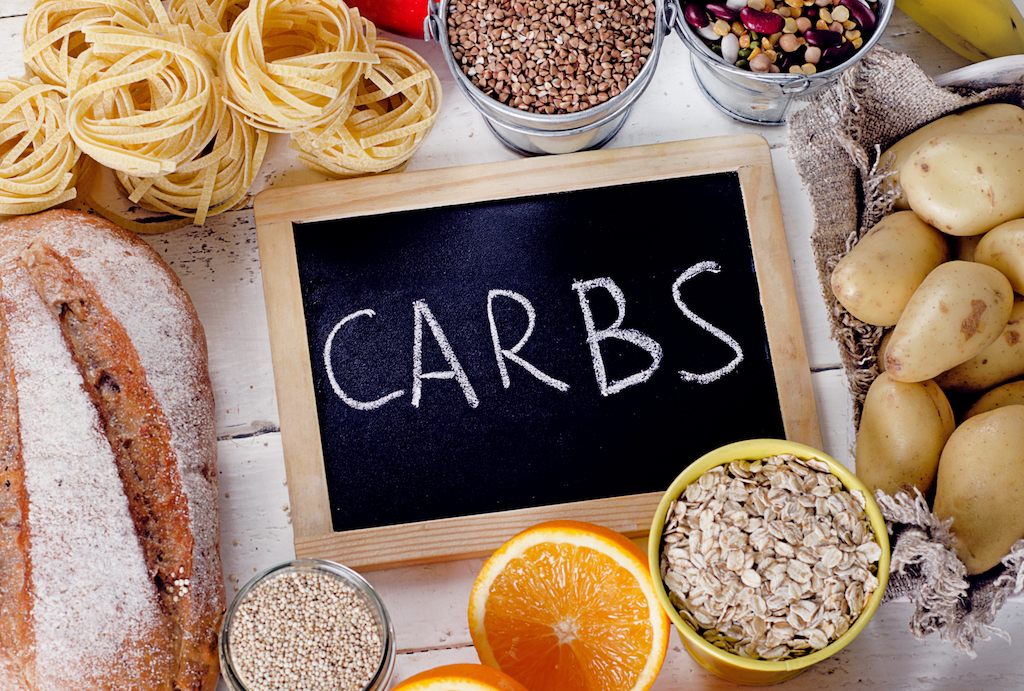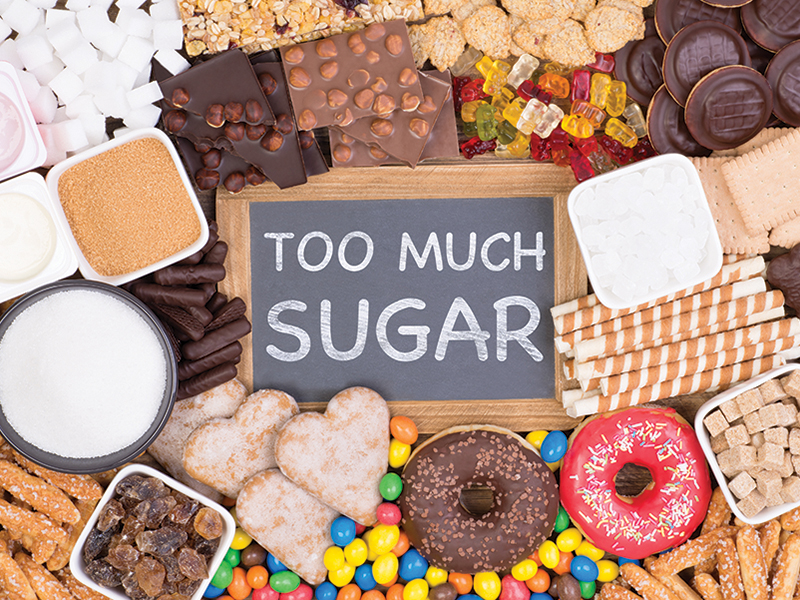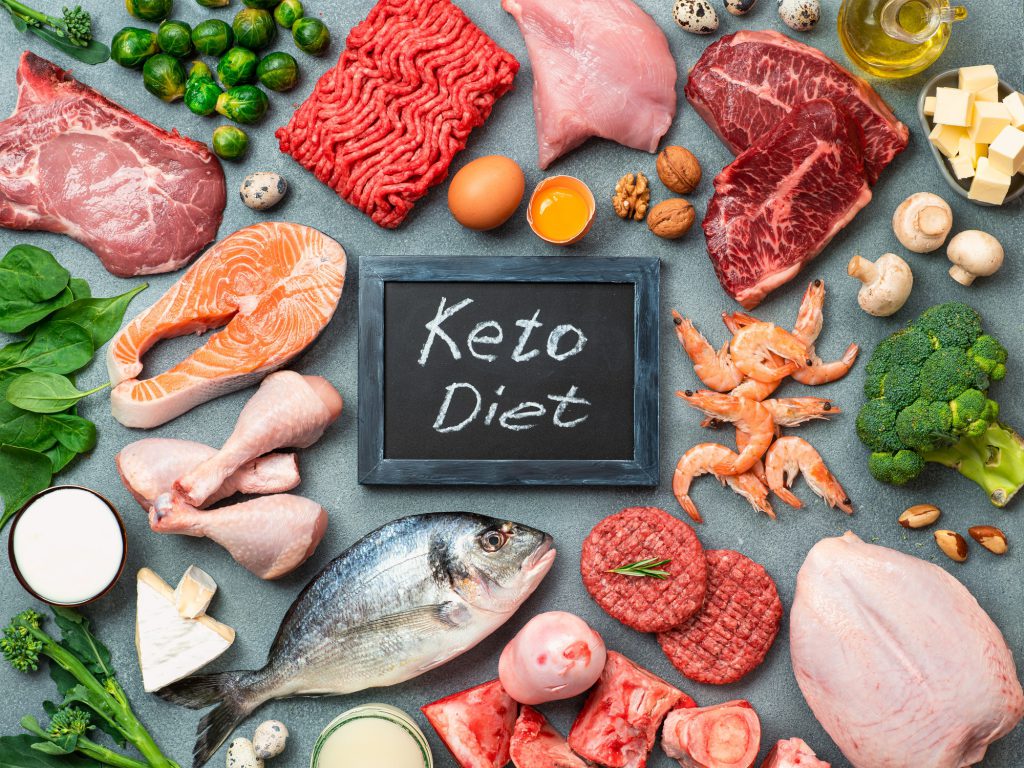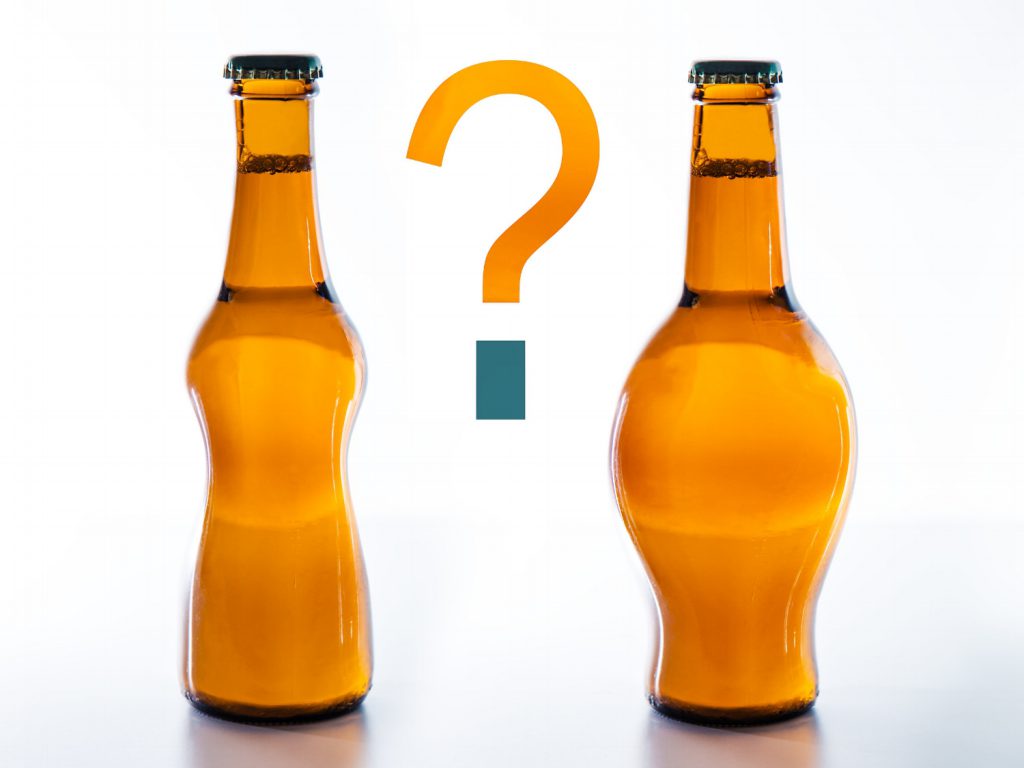Carbs aren’t all created equal!
Carbs Good or Bad for Weight Loss – In fact, some carbs actually incredibly good for you. Carbohydrates are your body’s preferred source of main fuel, they are a vital nutrient but they get such a bad reputation!
This may be a little difficult to “digest” considering the majority of modern diet plans almost treat carbs like the devil, but it’s all about making the right choices. If you eat Bad Carbs for Weight Loss, you’ll receive negative health effects as a result. Eat good carbs, however? They’ll affect you positively!
The media and the celebrity world as a whole have helped to paint a pretty negative image of carbohydrates. The idea isn’t to completely remove carbohydrates but rather to ensure that the body no longer relies on them as its primary fuel source.
It’s important to learn the difference between carbohydrate types if you’re going to free yourself of this limiting preconception and enjoy a stress-free life of sensible nutrition.
If you haven’t already, be sure to download the Strive the Weight Loss Challenge App to track your weight and compete with friends and family with similar fitness goals.
High impact & high GI carbs
Impact carbs are potentially very damaging to your health (and waistline) when consumed regularly in a completely unchecked manner. This is why you’ve got to ensure that any food plan you follow has been structured correctly based on your specific body measurements, otherwise, you run the risk of “spilling over” your maximum daily allowances for each nutrient group.
An impact carb is any carbohydrate type that has a high impact on your blood sugar levels; these carbohydrate varieties are known as high GI (or high glycaemic index) carbohydrates and they digest rapidly into the bloodstream.
When high GI carbs enter the bloodstream, unless they are immediately used for physical exercise, they typically contain more energy than the body can successfully “tap into” in one go. This means the excess will simply get stored as body fat and you’ll then be privy to the negative health effects obesity has to offer.
Examples of high GI carbs:
- white and whole wheat bread.
- white rice.
- breakfast cereals and cereal bars.
- cakes, cookies, and sweet treats.
- potatoes and fries.
- chips and rice crackers.
- fruits such as watermelon and pineapple.
- sweetened dairy products such as fruit yogurts.
Low impact & Low GI carbs
On the other hand, non-impact (or low impact) carbohydrates are low GI and digest at a much slower rate within the bloodstream; due to this prolonged release of energy, this makes insulin spikes unlikely and leads to sustained energy levels.
Examples of low GI carbs:
- Soy products
- Beans
- Whole wheat pasta
- Grainy bread
- Porridge (oats)
- Lentils.
It’s the overconsumption of high GI carbohydrates that is perceived to be the primary reason behind many of the negative health effects taking place today. Hence the rise of nutrition plans like the keto and Atkins diets in order to allow the body to make the switch from being carb dependant to being fat dependant instead.
It’s specifically illnesses like type I and type II diabetes that are closely related to mass-produced, human-made carbohydrates therefore we should all be a little more carb-conscious if we’re going to succeed in living a healthier lifestyle. Making the switch to low GI carbs (low impact) primarily is certainly going to enhance your internal and mental well being once you get used to utilising them.
Create balance
Where low GI, low impact carbs come into play is to meet your everyday energy needs and keep your state of mental alertness and physical readiness primed for the daily tasks of modern life. If you were to consume high GI carbs all of the time, not only would your waistline begin to bulge, you’d also be faced with constant peaks and declines in your energy levels too. This wouldn’t lead to any serious level of productivity at work and you’d soon start to feel lethargic, tired and potentially even depressed.
Being that you know the difference between the two at this stage, you can now actually use both of them to serve their very unique purposes as opposed to completely casting them out.
Net carbs
Where this can get a little confusing is the “net” carbohydrate situation. Don’t worry though, it’s not nearly as confusing as it sounds.
Net carbohydrates are what you’re left with after the gram amount of fibre per serving has been taken away from the total carbohydrate count listed for your food type. For example, if an item is 20 grams of carbohydrates and it contains 8 grams of fiber, this means that the amount of net carbs the item contains is 12.
This is a great way of measuring the potential “damage” an item could cause you. Being that fiber is simply an essential component needed for the successful internal function of the body and contains no calories per-se, what you’re then left with is the true calorific content. It’s this system that the ketogenic diet is based on and it allows you to successfully gauge that you’re taking in enough fibre and eating the right kind of carbs.
High GI carbs are typically very low fiber. This means that all you’re typically ingesting is sugar as opposed to anything that’s actually going to serve any practical purpose within your system. You really want to ensure that the carbs you eat for typical energy release have a low “net worth” once the fibre has been removed. As a rule of thumb, this will ensure energy sustenance and internal well being.
Now that you know the difference between the Good Carbohydrates and Bad Carbohydrates for Weight Loss, you can now successfully integrate them into your daily structure and form a wholesome diet plan. Completely removing any element whatsoever is never the best way to ensure overall vitality. A balance, however, especially if you’re very physically active is certainly going to serve your needs effectively.
Frequently Asked Questions
What kind of carbs are effective in weight loss?
There are two categories of carbohydrates: good and bad. Carbs that cause weight gain (like bread, pasta, rice, and potatoes) are some of the carbs that are considered to be bad for weight loss. That's not to say that they don't have their place in a well-balanced diet, but they should be consumed in moderation and only around the weekends. However, low-carb vegetables like spinach and kale are a great source of healthy carbs that can help with weight loss. So eating low carbs or good carbs such as Lentils, Brown rice, Potatoes (white and sweet), Black beans, and Quinoa are effective in weight loss.
How many carbs should one eat a day to lose weight?
It is a tricky question because everyone metabolizes carbohydrates differently. However, the most effective way to lose weight is by doing a combination of cardio, strength training, and diet. To give you an idea of how many carbs you should eat per day, here's what we recommend: Consume at least 55% of your calories from carbohydrate sources, including 45% of your total carbohydrate intake as fiber sources (such as vegetables).
Is it true that carbs are bad for weight loss?
Carbs are not bad for weight loss. One should not completely and suddenly limit the intake of carbs. It is true that some carbs, such as table sugar, are digested quickly and produce a quick energy boost which may, in turn, make people feel hungry again too quickly, which is not very helpful for weight loss efforts. However, complex carbohydrates provide a variety of health benefits and can help to stabilize blood-sugar levels and aid in weight maintenance. You can go with better quality and whole-grain carbohydrates in place of refined carbohydrates.
Which is better to cut, calories or carbs?
Different types of people react differently when cutting carbs. For some, cutting out carbs might be sustainable for a long time, but others will find it hard to cut carbohydrates without feeling hungry and deprived. It really depends on your goals and what you're trying to lose weight for. You should remain healthy whatever diet you follow. Fiber also comes in complex carbohydrates. The fiber does not easily break down and makes individuals like to eat more. A diet with a good proportion of fiber is effective for a healthy body.
What are the types of carbs?
Carbohydrates are divided into three main categories: Complex Carbohydrates, Fibers, and Sugars. The complex carbohydrates are starch, and they are composed of different simple sugars. The sugar needs to be broken into small parts to get the desired energy. Some of the common examples of starch include potatoes, peas, corn, pasta, bread, etc. The most basic form of carbs is sugar. You will find them easily in sweet foods such as candy, processed foods, soda, and desserts. They can also be found naturally in some vegetables, fruits, and milk.
What are some healthy replacements for carbohydrates?
Oats are a great replacement for carbohydrates because they are filling and healthy. You can also eat a bowl of oatmeal every morning or enjoy brown rice for lunch. A third option is noodles; try making homemade spaghetti or macaroni and cheese dishes to add noodles with lean meats and veggies.
What can I take with a meal before a workout?
There are a lot of things you can do before a workout, but don't take anything, especially if your blood sugar is low. You might lose energy or feel dizzy or lightheaded if you need to eat something with your meal after it's been digested and before the workout, then try having some fruit like an apple or some low-energy cottage cheese without any added sugar from the dressing.
How can I lose weight while eating carbs?
By eating some carbs, it is possible to lose weight by using metabolic and caloric expenses. Carbohydrates are important for fueling energy, filling you up, and providing a sense of satisfaction after a meal. They also digest more slowly providing fewer spikes in blood glucose levels which helps lower insulin and cholesterol levels meaning that carbs can help with weight loss. You should avoid taking refined carbs and prefer using complex carbs so that your body receives full fiber and you remain full for a long time.



